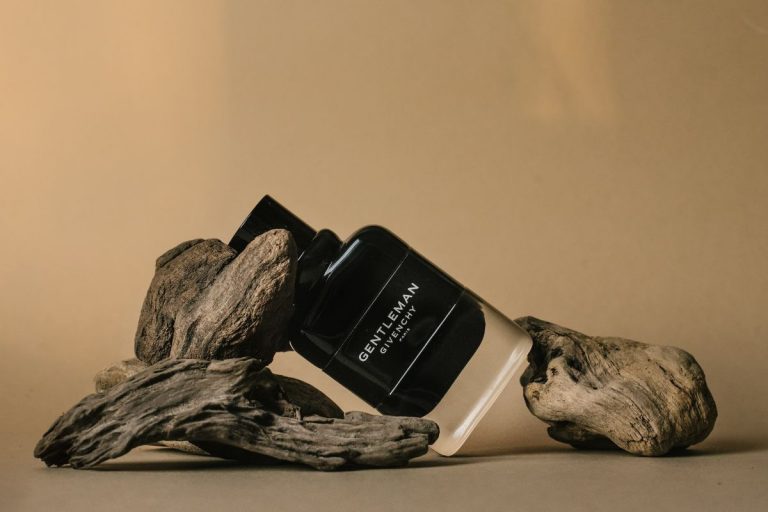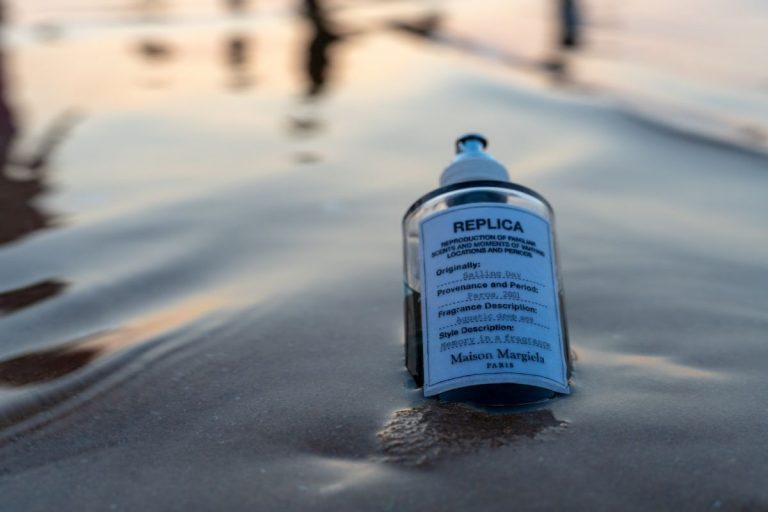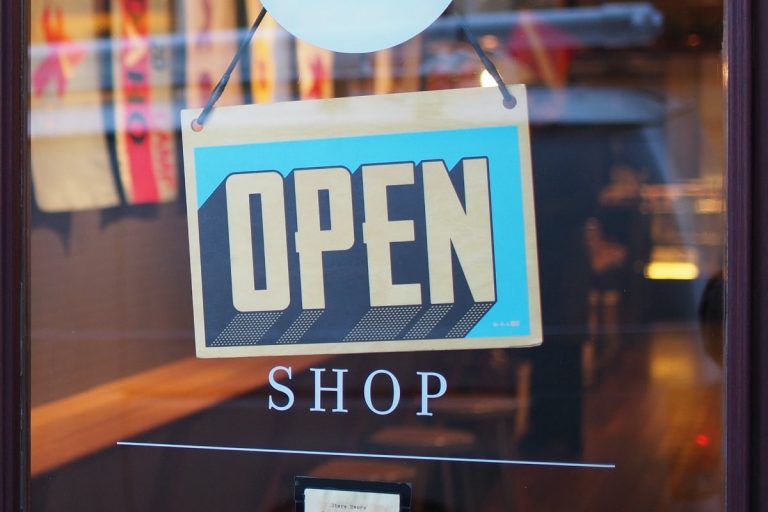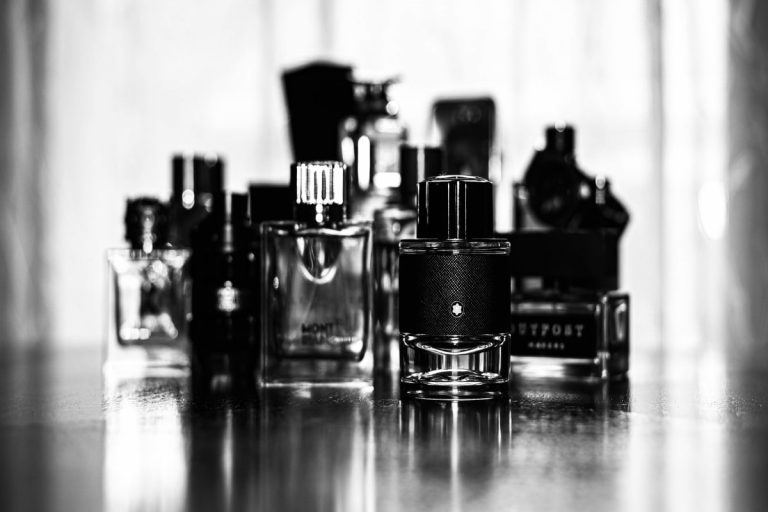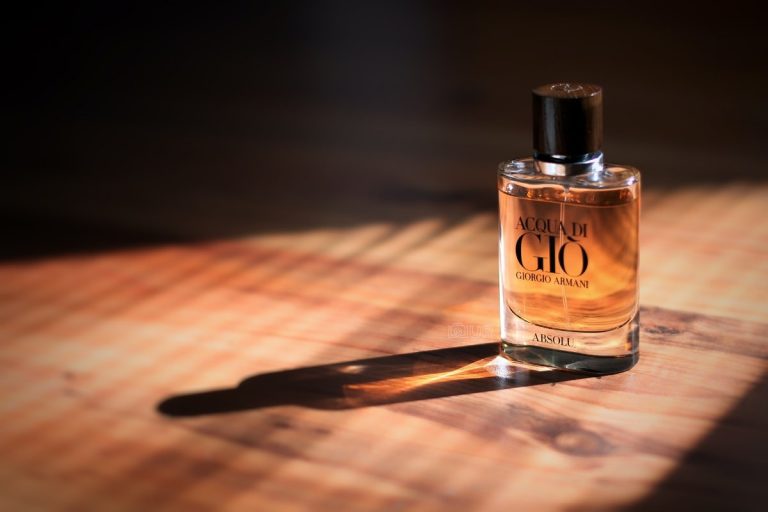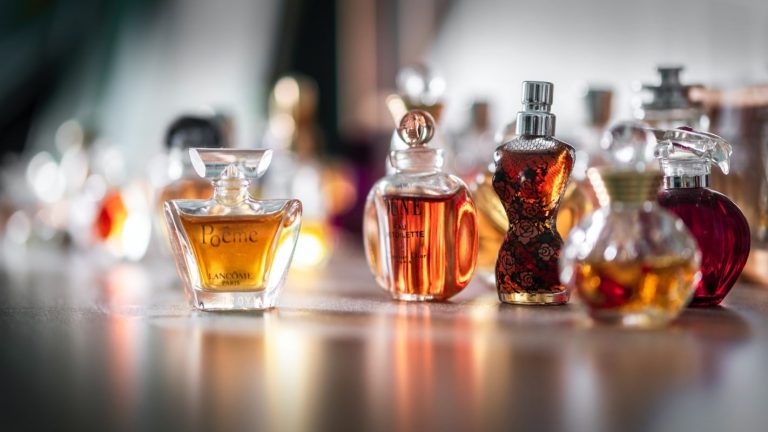We as humans have been always fascinated with our history since history teaches us about our past, our culture, and who we are today. When it comes to the history of perfume, one shouldn’t be surprised that it also goes back to ancient times as well.
I’m always interested in learning new things such as perfume ingredients, perfume history, and raw materials that make modern perfumes, and modern perfumery.
After doing thorough research based on this topic, I have made a compact article which I believe you’ll enjoy, and learn something new without having to read through a wall of text filled with dry information.
Without any further ado, let’s find out where were the origins of perfume, and what kind of role did it had back then in the latest Scent Grail article.
Affiliate Disclosure: As an Amazon Associate I earn from qualifying purchases. By purchasing via provided links/banners comes at no additional cost to you. Scent Grail only recommends products and/or services that are insightful and helpful to readers. For more info please read Affiliate Disclaimer.
The Origins Of The Word Perfume
The word perfume comes from the Latin word “per fumus” which means through smoke. The word perfumery refers to the art of making perfume.
Later on, the French modernized the word into “parfum” which means the smells produced by burning incense resin.
The first recorded in the world perfumer/chemist named Tapputi, a woman from ancient Babylon in Mesopotamia. The record of her still exists on a 1200 BCE Cuneiform tablet.
Where did perfume-making art come from
The earliest recorded perfume discovery came from thousands of years ago early Egyptians(3000 BC to 1000 BC), while the perfumery began in Ancient China, Egypt, Indus Valley Civilisation, and was further refined by Romans, and the Arabs.
It is good to know that Egyptians utilized scents to improve their lives and deaths as well by using oil-based perfumes as a celebration of rituals and prayers.
This way, burned oils served different functions such as:
- divine protection
- convey prayers
- purifying dead
- embalming ceremonies
- medications
Among other things, these oil mixtures were found in the tombs of Pharaoh’s mummies which also meant that perfume was used as a status symbol as well.
Last but not least, Egyptians knew how to capture the fragrance by storing it in fat(hot decoction and cold maceration), but were unaware of distillation.
What was the first perfume ever made?
The first modern perfume(oils blended in an alcohol solution) ever made was Hungary Water. This perfume was a blend of lemon, orange blossom, thyme, and rosemary notes.
It was made for Queen Elizabeth of Hungary in 1370.
What is the oldest perfume still in production?
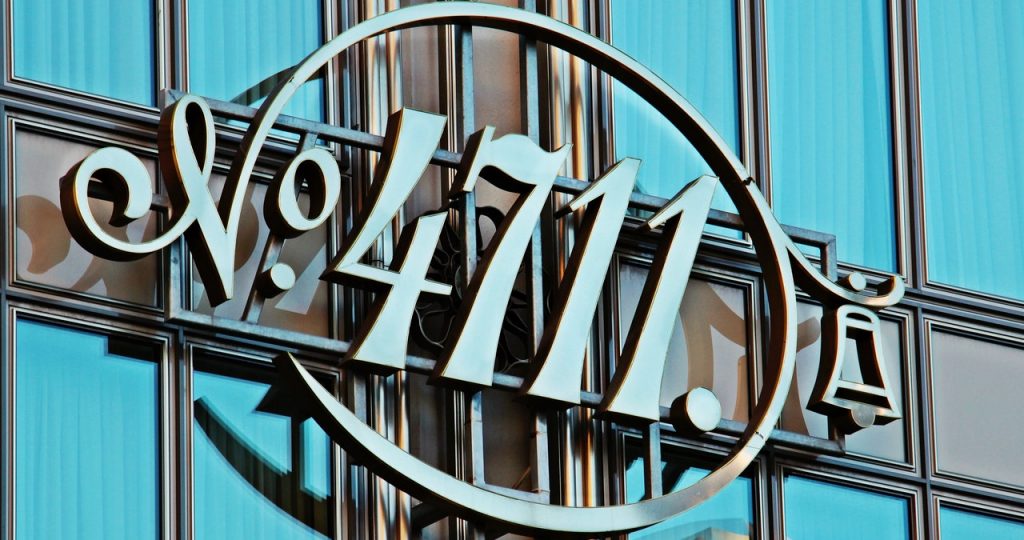
The two most oldest perfumes in the production are:
- 4711 By Muelhens (Mäurer & Wirtz)
It is in production since 1799, created by Wilhelm Muelhens, with the main notes being lemon, neroli, jasmine, basil, and orange.
- Cologne Water(Kölnisch Wasser) by Farina
It is in production since 1709, created by Johann Maria Farina, with the main notes being lemon, orange, tangerine, neroli, and lavender.
How are modern perfumes composed
Modern perfumes are composed of ethanol or a mix of water and ethanol with scented essential oils blended in an alcohol solution. These essential oils can come from either natural or synthetic sources.
When it comes to perfume longevity and projection, this depends on the combination of perfume oil concentration, raw and aromatic compounds.
Today, we describe a fragrance concentration by these widespread terms:
- Eau Fraiche 1-3%
- After Shave/Mist/Splash 1-3%
- Eau de Cologne 2-4%
- Eau de Toilette 5-15%
- Eau de Parfum 15-20%
- Pure Parfum/Extrait de Parfum 20-40%
Read more about this topic here.
History Of Perfume Timeline
In this section, you’ll learn the most important facts and trivia about perfume and the art of making perfumes.
The section is carefully separated into the different sub-chapters and bullet points for an easier read, and straight to the point information.
Ancient times
- 4000 BCE: the earliest perfumery was discovered on the island of Cyprus. The perfume manufacturing was on an industrial scale.
- 3300 BCE to 1300 BCE: during the time of Indus civilization, the earliest distillation of Ittar was mentioned in the Hindu Ayurvedic text Charaka Samhita and Sushruta Samhita.
- 3000 BC onward: Egyptians used scents as a status symbol for the wealthy, and as a part of Pharaoh’s mummification. Ancient perfume recipes were found in Egyptian temples. During the time when Egypt traded spices and resins with Middle East, India, and Arabia, perfume was also a part of daily hygiene. Incense and myrrh were the main ingredients of the fragrance of that time.
- 2nd millennium BC: first-ever recorder perfumer – Tapputi from Babylon. She used to distill flowers, oil, and other aromatic compounds, filtered them, and placed them back into still many times.
- Romans and Greeks: Pliny the Elder(Roman philosopher and army commander) made a record of rose-scented water being used to hide bad smells in public areas. They created the blown glass containers for perfume storage. The fall of the roman empire in 5 A.D. meant that the learned craft was only saved thanks to the trade with the East, and thus, survived throughout the dark ages. Just like Egyptians, Greeks used perfume(perfume leaves) in religious rituals, and as a part of everyday life which was also available to the common folk who used perfume at wedding and funeral ceremonies, and births.
6th century to 19th century
- 6th century onward: Islamic cultures had contributed to the development of Middle Eastern perfumery in perfecting the extraction of fragrances through steam distillation and the introduction of the new raw materials. Both of these made a huge impact on Western chemistry and science. As Islam rose, Muslims used perfumes in daily life and had a huge impact on religion where they used Musks, Ambers, and Rose. In the Islamic culture, perfume usage has been documented since the 6th, and its usage is considered a religious duty. Ibn Sina(Muslim doctor and chemist) pioneered the process of extracting oils from flowers by means of distillation. This process is still used today.
- Europe: Under the Arabic influence and knowledge, perfumery came to Europe in the 14th century.
- 1371 First ever alcohol-based fragrance: made for the command of Queen Elizabeth of Hungary and known as “Hungary Water”.
- France 14th century onward: France became the European center of perfume and cosmetic center as early as the 14th century, particularly in Grasse that is now considered the world capital of perfume. During the renaissance, perfume was used as the main substitute for daily hygiene among the European upper class. The introduction of lighter cologne fragrance meant accessibility to a wider audience. Perfumed gloves rose to popularity in the 17th century in France. French King Louis XV loved perfume so much that he demanded a new perfume for each day of the week. During his reign, the court was known as “the perfumed court”. Louis XV applied perfume on skin, clothes, and furniture as well.
- England 16th century onward: during the reign of Henry VIII and Queen Elizabeth I, all public places were scented since couldn’t tolerate bad smells. Ladies of the time distilled perfumes in the still room and took creating perfumes with great pride.
- Italy 18th century: in 1709, Italian perfumer Johann Maria Farina created a first-ever alcohol-based Eau de Cologne. It was named after the German town Cologne.
- New World/America: Florida water was the first mixture of eau de cologne combined with lemongrass and clove oils. It was used by the French during the New France explorations.
- Russia 19th century onward: Russian perfume manufacture grew during the 19th century, and perfume production was a planned economy during the Soviet times.
19th century and modern times
- Italian regions Sicily, and Calabria, and France region Grasse were growing aromatic plants for perfume usage as early as the 18th century. These three regions are still the number one European destination when it comes to raw materials, trade, and design.
- French revolution: during the revolution in the early 19th century, French society was devoted to luxury that thanks to the trading’s liberalization, made France a fashion international giant. Some of the Maisons from that Era still exist today: Guerlain, Molinard, and Bourjois.
- Modern perfumery: it is safe to say that modern perfumery began in the early 20th century when it became a global phenomenon. Changing tastes and the development of synthetic essences with the innovation of atomizer-based perfume bottles brought perfumery where it is today. Perfume is no longer something just for the wealthy and the royalty. We can thank no other than Francois Coty who revolutionized the industry and understood what important role presentation played. He was the first one to introduce the story behind his perfumed products. In 1921, Coco Chanel introduced the most famous perfume in the world known as Chanel No 5 while Guerlain introduced Shalimar in 1925. An equally famous perfume.
- The rose of designer brands: the twentieth century saw the birth of numerous designer brands such as Yves Saint Laurent, Christian Dior, and Estée Lauder, which still dominate the fashion market today. Thanks to Coco Chanel and globalization, these brands branched outside Europe that had a major impact in the United States. This was the case with Estée Lauder and her fragrance release Youth Dew in 1953.
- The 1970s to 2000s: some say that these 30 years was the golden period of perfumery where the still was not a proper difference between the niche and designer brands. The compounds such as deer musk, oakmoss were still not banned, and the perfumes were arguably better than what we have on the shelves today. Perfumes such as Yves Saint Laurent Kouros and Dior Poison are still worn by millions today. Perfume advertisements never seem more important than during that period and are still going strong even today.
- The 2000s to today: 21st century saw a huge shift in perfumery which certain raw compounds being heavily restricted or banned completely. Niche and Indie perfumery is still relatively young but plays a huge role in today’s market. Due to the high market competition, some have noticed a somewhat decline in perfume quality and innovation. During the 2010s, perfume clone brands flooded the market with more affordable alternatives to popular releases.
Conclusion
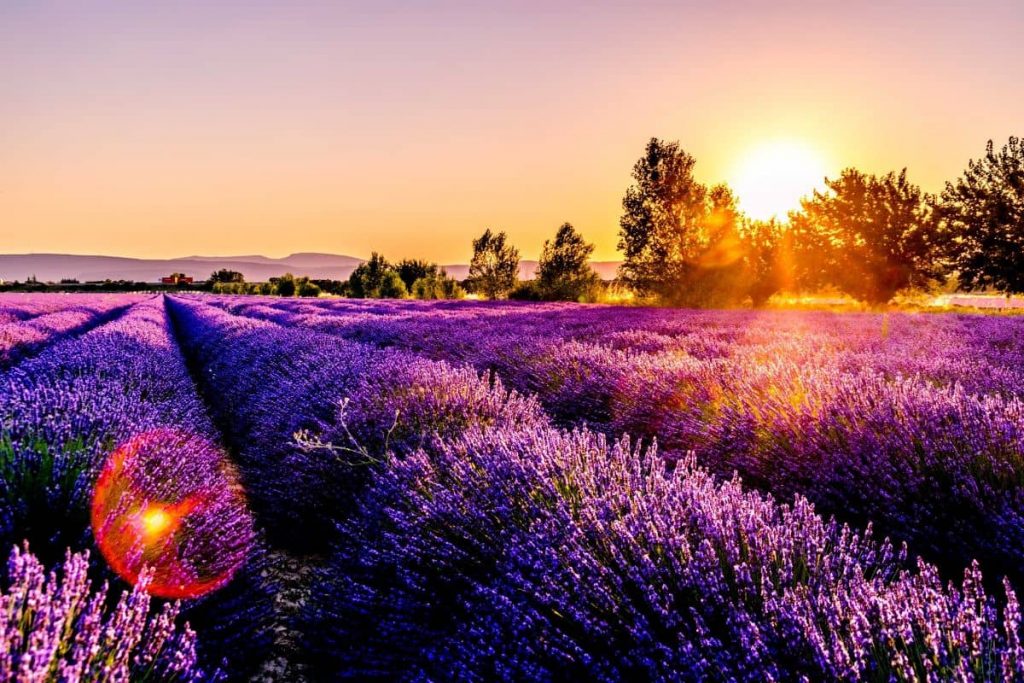
I hope you have enjoyed this quick brief about the history of perfume, and the most important facts about it. So, what does the future hold?
I believe that while I agree that we are currently in a somewhat “unoriginal” phase of this industry, trends change, and there are always new innovations just around the corner.
Those who are tired of current trends can always take a look at perfume history, and explore fantastic scents from the past. I personally can enjoy almost everything from 100 years oldies up to new releases.
The great thing about perfumery is that you can always sample and try out new things. That’s why I recommend checking out my S.P.A. Signature Factor Guide to find your personal signature perfume in the simplest way.
Let’s start a conversation and let me know in the comment section below which perfume history era you like the most.
Find out more Scent Grail articles about perfumery, check out top lists, and other helpful reviews via links below:
REVIEWS
- Bentley For Men Intense
- Guerlain Homme Edp
- Zaharoff Signature Pour Homme
- Etat Libre D’Orange Fat Electrician
- Frédéric Malle Musc Ravageur
TOP LISTS
- Best Cheap Perfumes For Men
- Best Signature Scents For Men
- Best Perfumes For Women Of All Time
- Sexiest Men’s Fragrances
- My 10 Most Worn Perfumes Of 2020
- 5 Fragrance Recommendations For January 2021
SCENT GRAIL LEARNING CENTER
- How To Wear Perfume
- How To Start A Perfume Collection
- Designer Vs Niche Fragrances
- Best Fragrance Discounters
- Fragrance Addiction
Until next time, have a great time and choose your scent wisely!
Best, Marin!
#scentgrail #scentgrailtribe
Scent Grail on Social Media: Facebook | Twitter | Instagram | Pinterest
Your number one resource for Holy Grail Signature Scents.
– Marin Kristic


